Trends can rise out of nowhere in the world of pop music. It takes some savvy and skill for a band to get in on such a trend and take advantage of it while it’s hot. In the case of Blood, Sweat & Tears, they got in on the ground floor of a horn-filled craze in the late 60s and early 70s.
Videos by American Songwriter
All the brass in the world wouldn’t have mattered if they didn’t have the songs to go with it. With “Spinning Wheel”, the band’s lead singer delivered an unforgettable original to go alongside their many excellent covers.
The Birth of BST
In 1967, a band named The Buckinghams churned out five Top 20 hits that prominently featured horns in the arrangements. A group of musicians got together in New York City that same year to try to attach that sound to a foundation that also incorporated elements of jazz and rock
They called themselves Blood, Sweat & Tears. In the beginning, the most well-known member of the band was Al Kooper. Kooper had risen to prominence playing keyboards for Bob Dylan. But he was also a writer and arranger, and his fingerprints were all over the band’s 1967 debut album Child Is The Father To The Man.
Kooper also sang lead on most of the tracks on that album. Other group members thought that they needed a stronger vocalist. They decided to replace Kooper going forward, although he still contributed some arrangements to what would be their second album, a self-titled affair in 1968. That’s when David Clayton-Thomas came aboard.
“Wheel” of Fortune
Clayton-Thomas came from Canada and brought with him a burly vocal style that immediately set the band apart. Since Kooper had written most of the songs on the first album, BS&T relied heavily on covers this time out. Two of those, “You’ve Made Me So Very Happy” and “And When I Die”, both soared to the US Top 5 as singles in 1969.
The third single, “Spinning Wheel”, was essentially the only original on the album. It came from the pen of Clayton-Thomas. He wrote it as a way of commenting on the cyclical nature of life. When he used the phrase “painted ponies”, he was referencing a similar lyric from “Circle Game”, written by fellow Canadian Joni Mitchell.
Featuring a wildly funky arrangement that included bold horns punctuating different lines and some slippery organ work from Dick Halligan. “Spinning Wheel” carved out a unique niche on pop radio. It gave the band their third straight No. 2 hit from that self-titled album.
Behind the Lyrics of “Spinning Wheel”
“What goes up must come down,” David Clayton-Thomas promises at the beginning of “Spinning Wheel”. The song acts as a pep talk for those who feel like they’re getting the short end of the stick in life. “Talkin’ ‘bout your troubles it’s a cryin’ sin,” he commiserates, before preaching patience. “Ride a painted pony, let the spinnin’ wheel spin.”
Things get a little cosmic in the middle eight. “Would you mind a reflecting sign?” Clayton-Thomas asks. “Just let it shine within your mind/And show you the colors that are real.” In the final verses, the turnaround is complete. “Someone is waiting just for you,” he sings. “Spinnin’ wheel, spinnin’ true.”
Blood, Sweat & Tears didn’t ever dominate the pop charts in quite the same manner as they did in 1969, although their third album also became a No. 1. They certainly rode the wave, with “Spinning Wheel” helping to propel them to the upper reaches of the music world.
Photo by Don Paulsen/Michael Ochs Archives/Getty Images

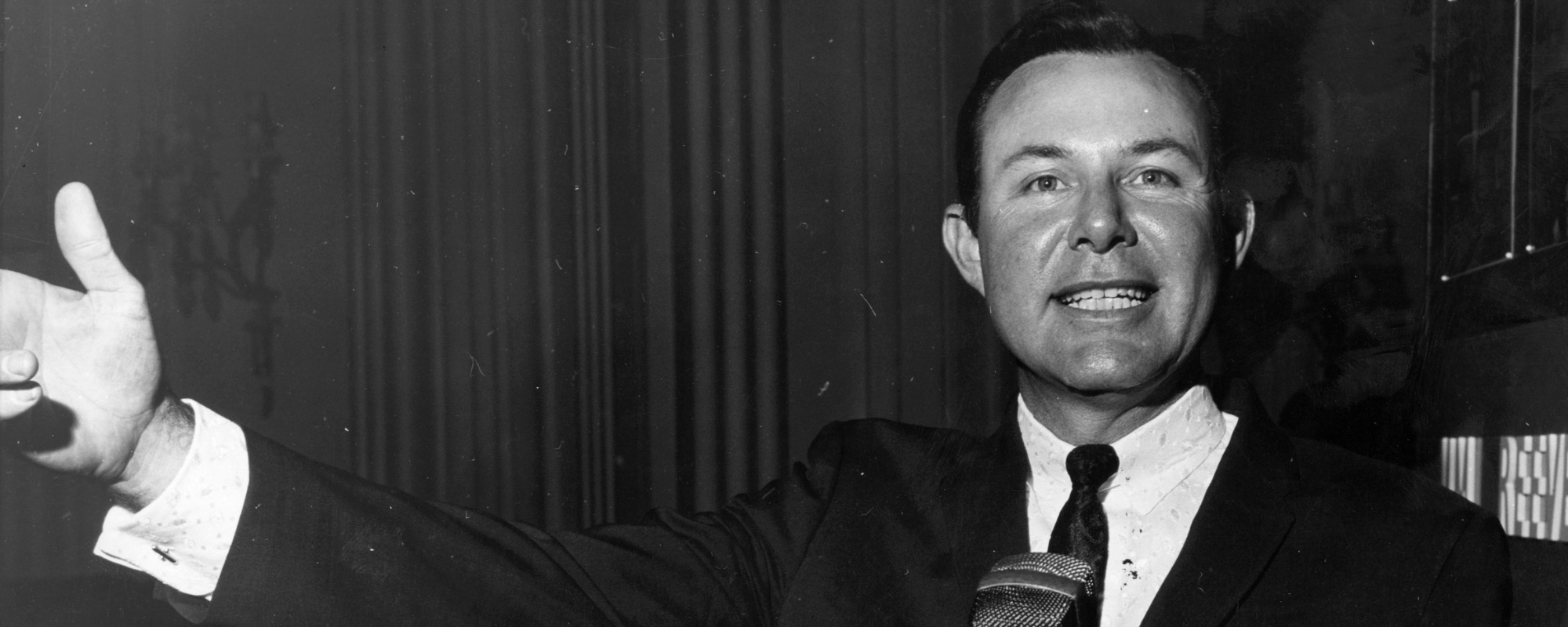
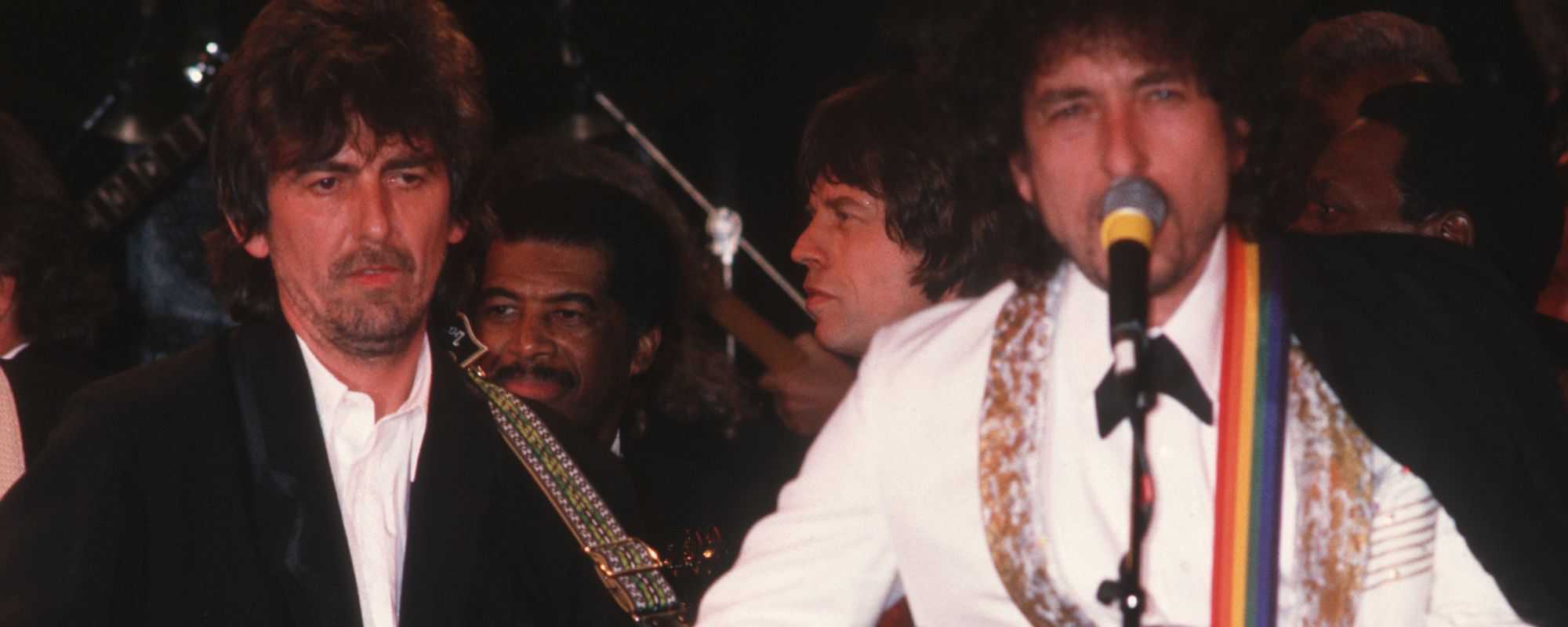
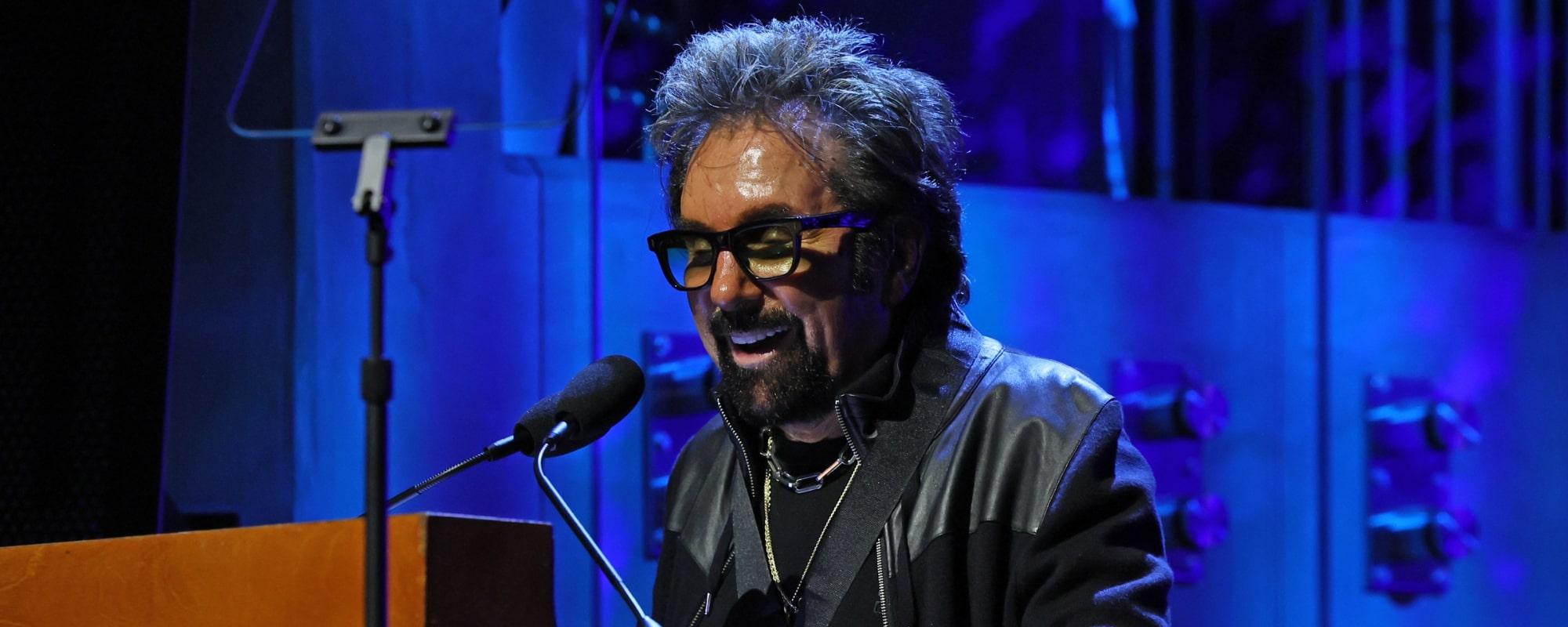
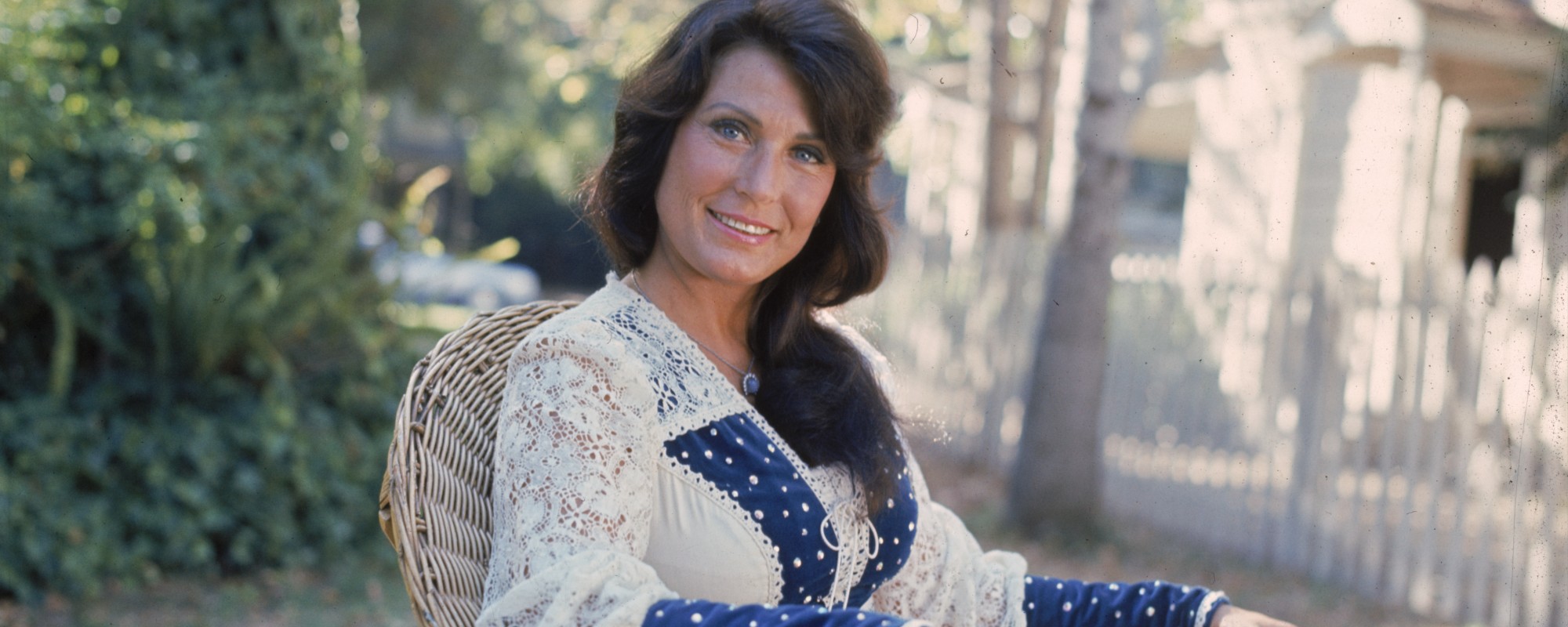



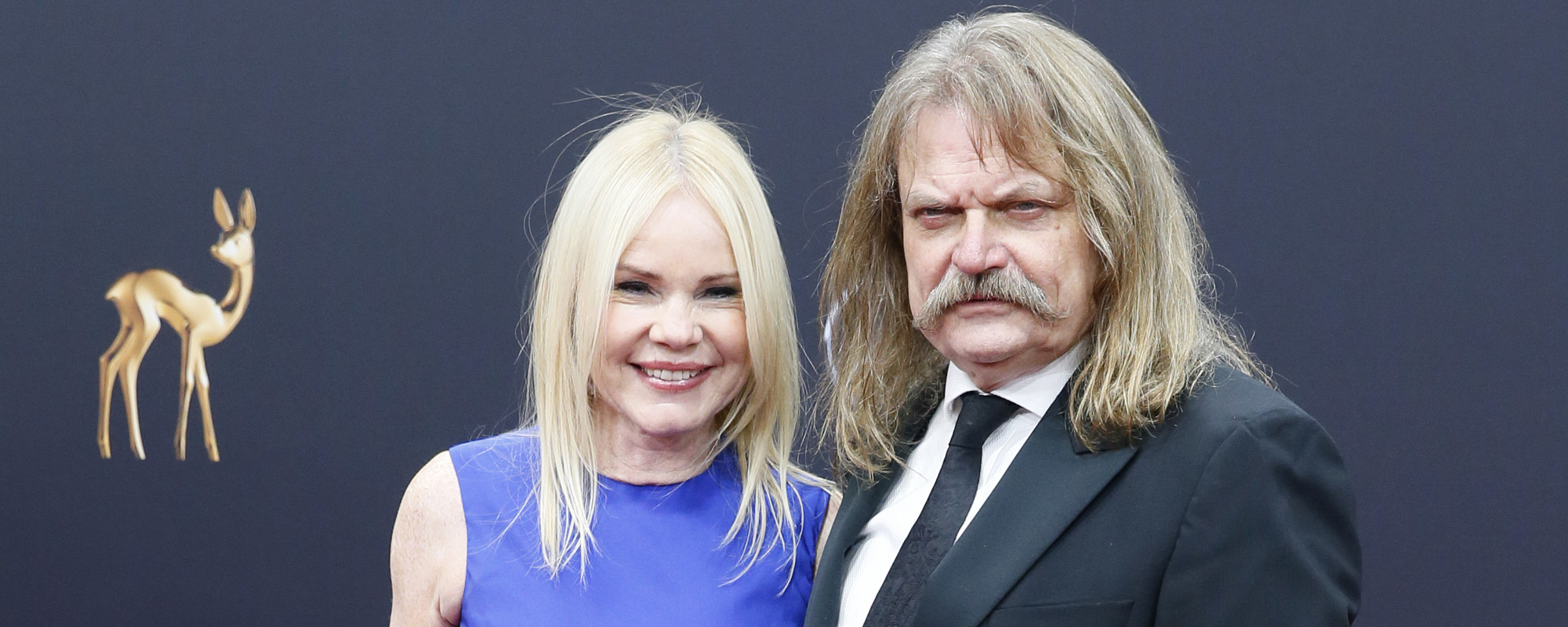
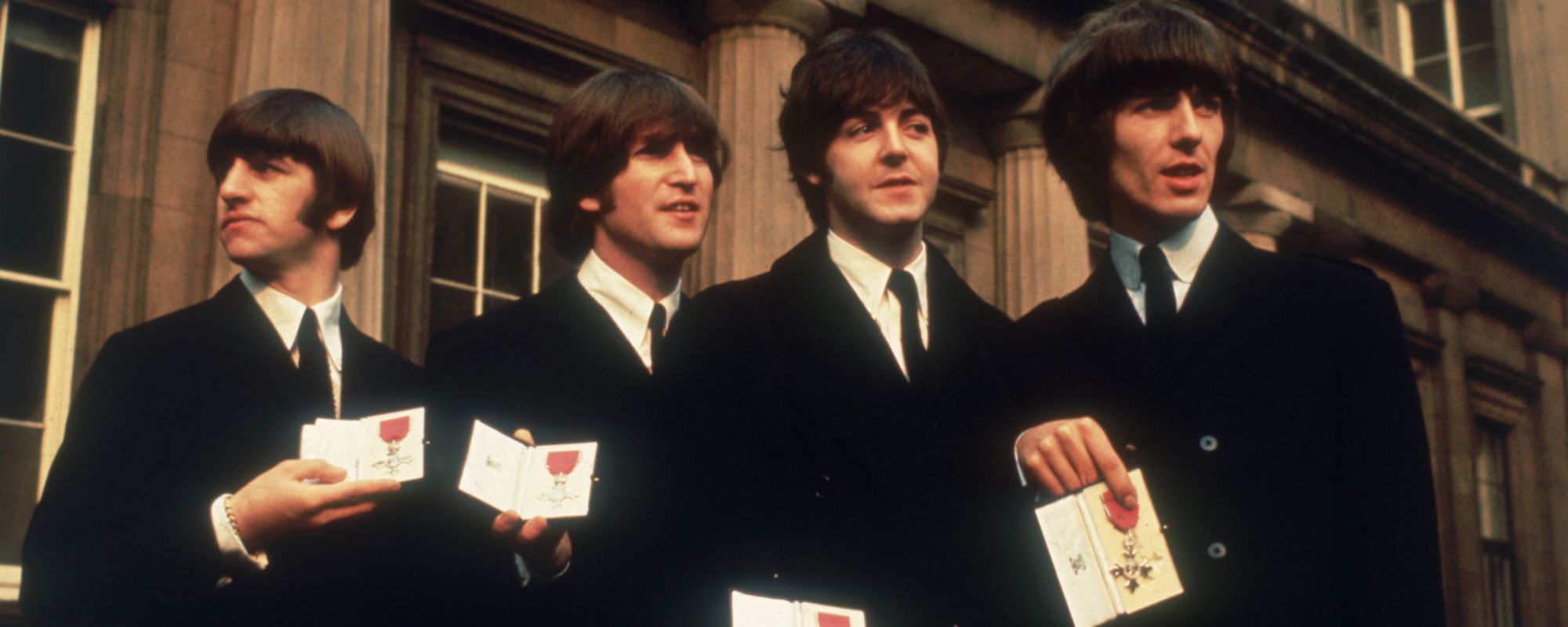
Leave a Reply
Only members can comment. Become a member. Already a member? Log in.